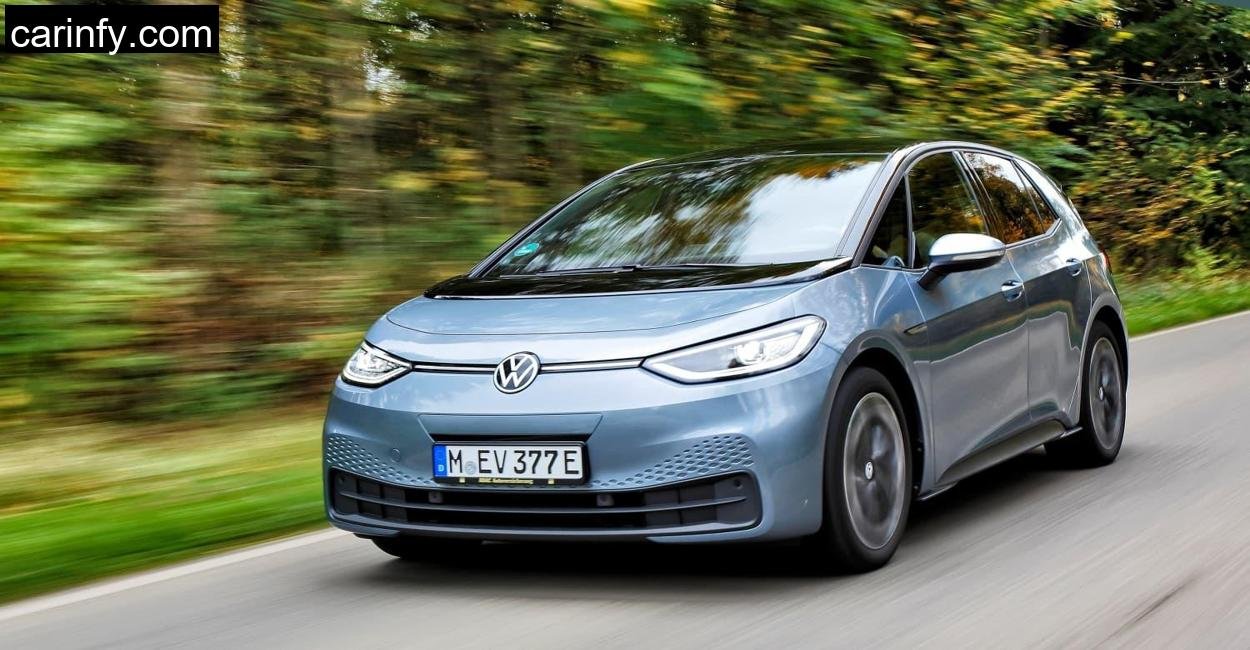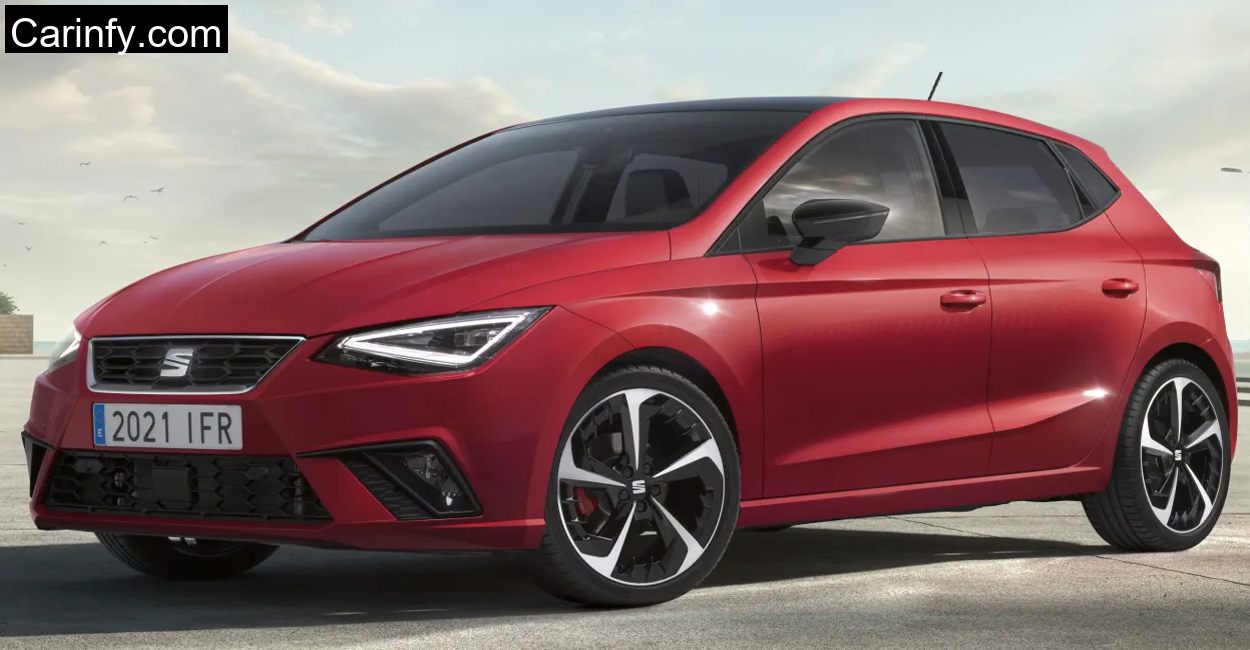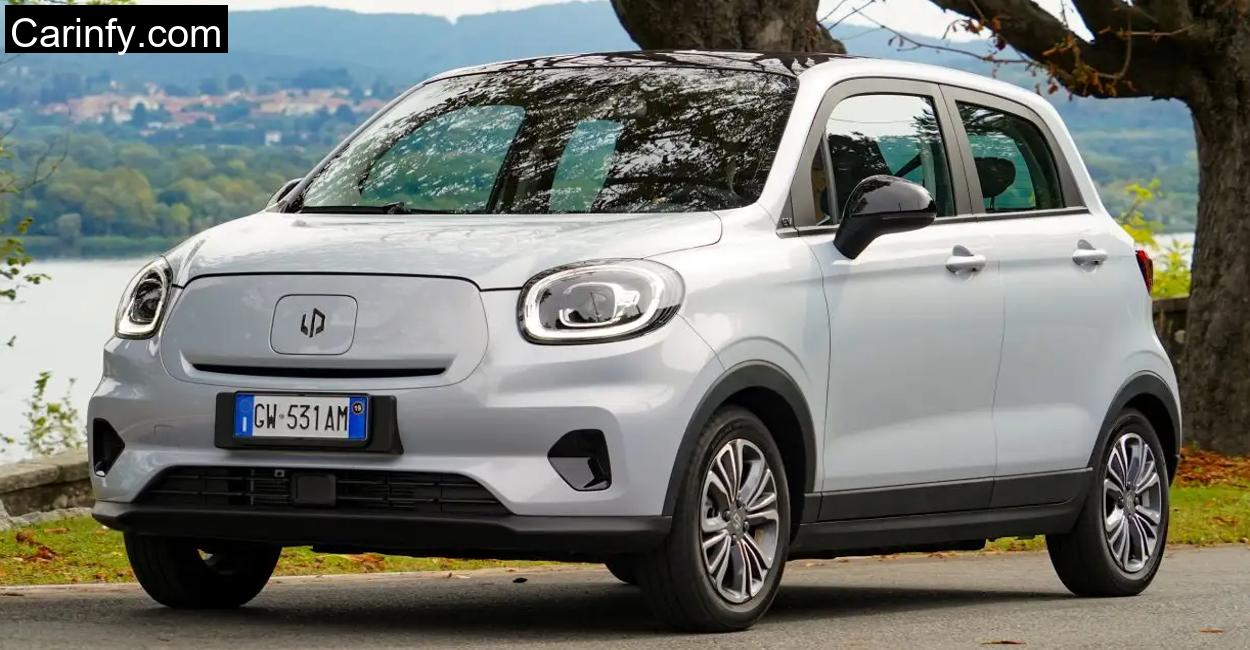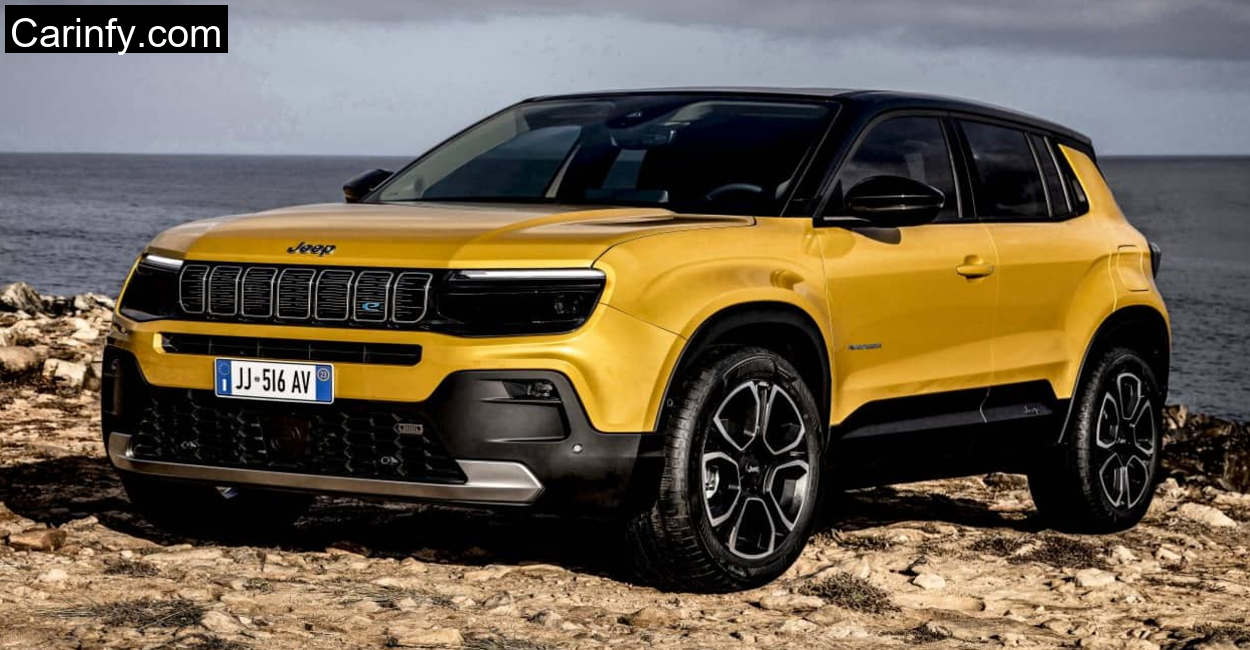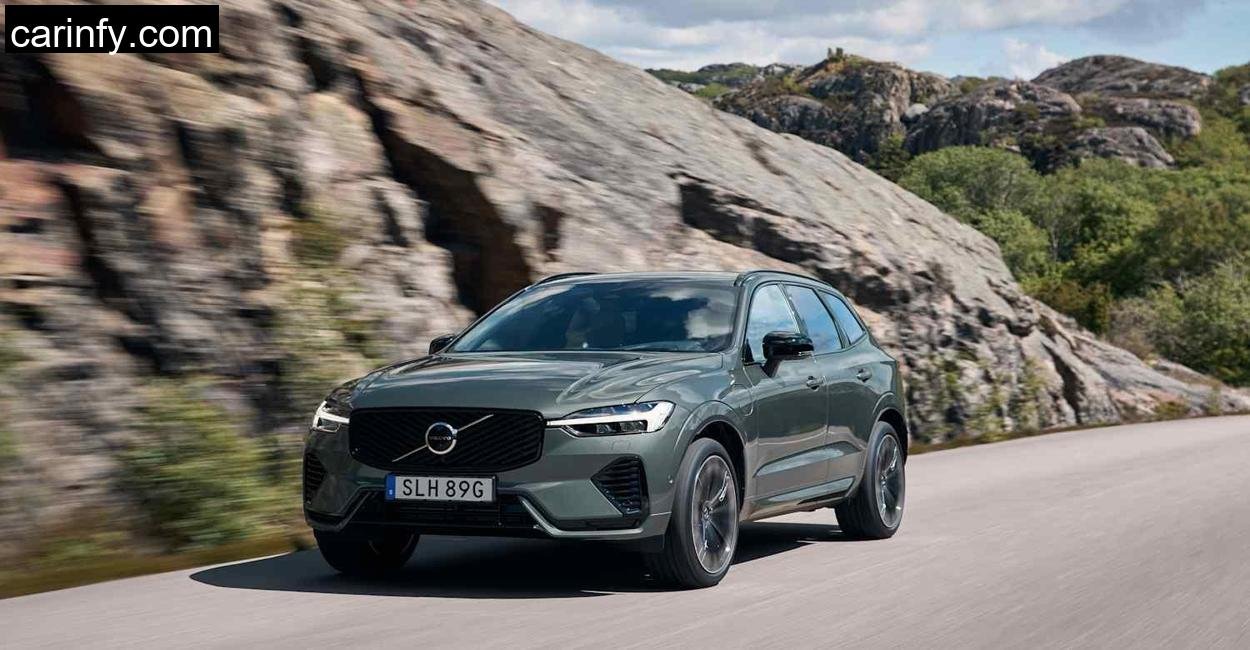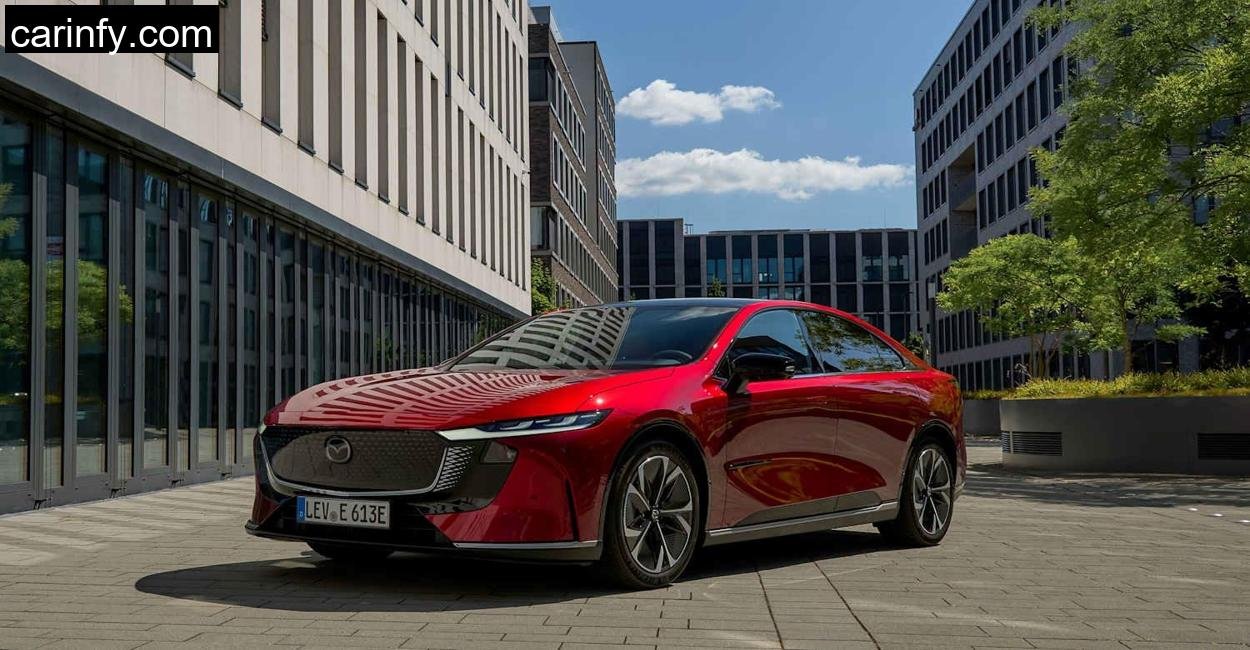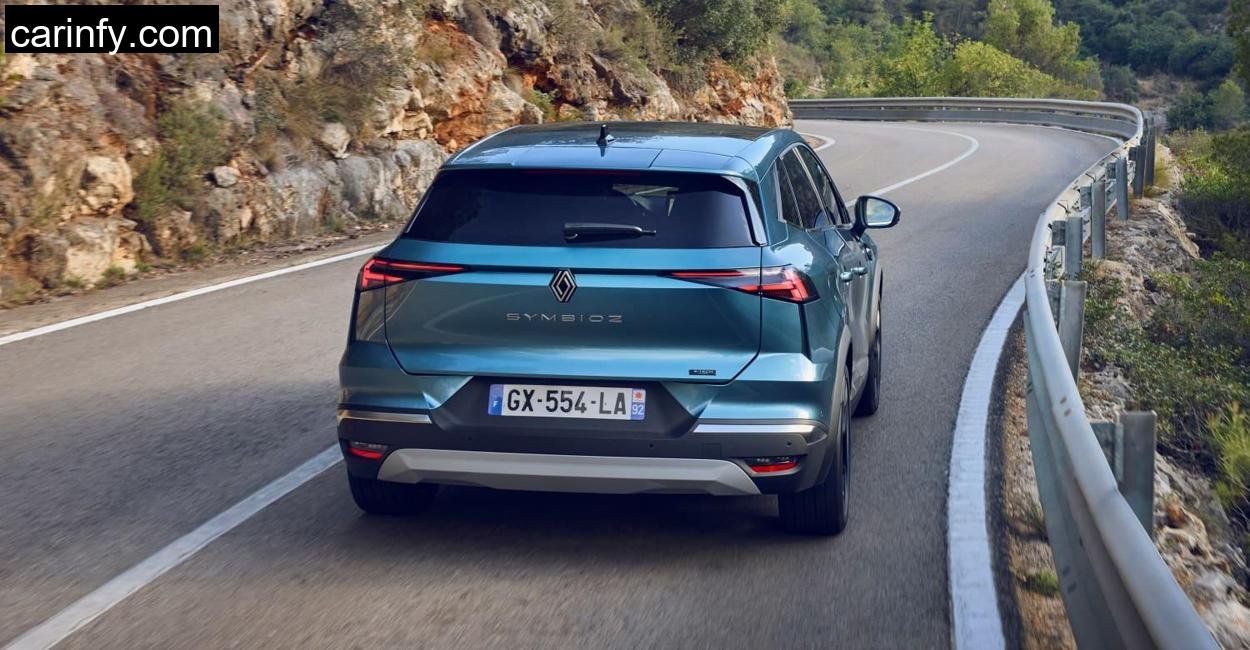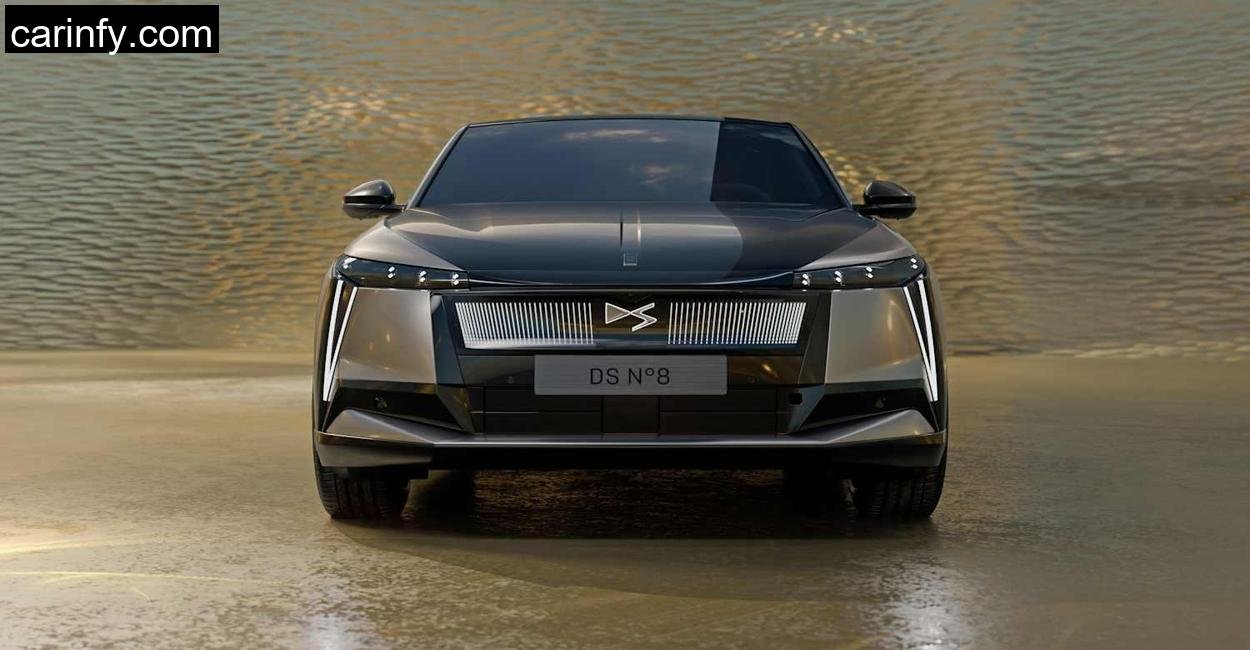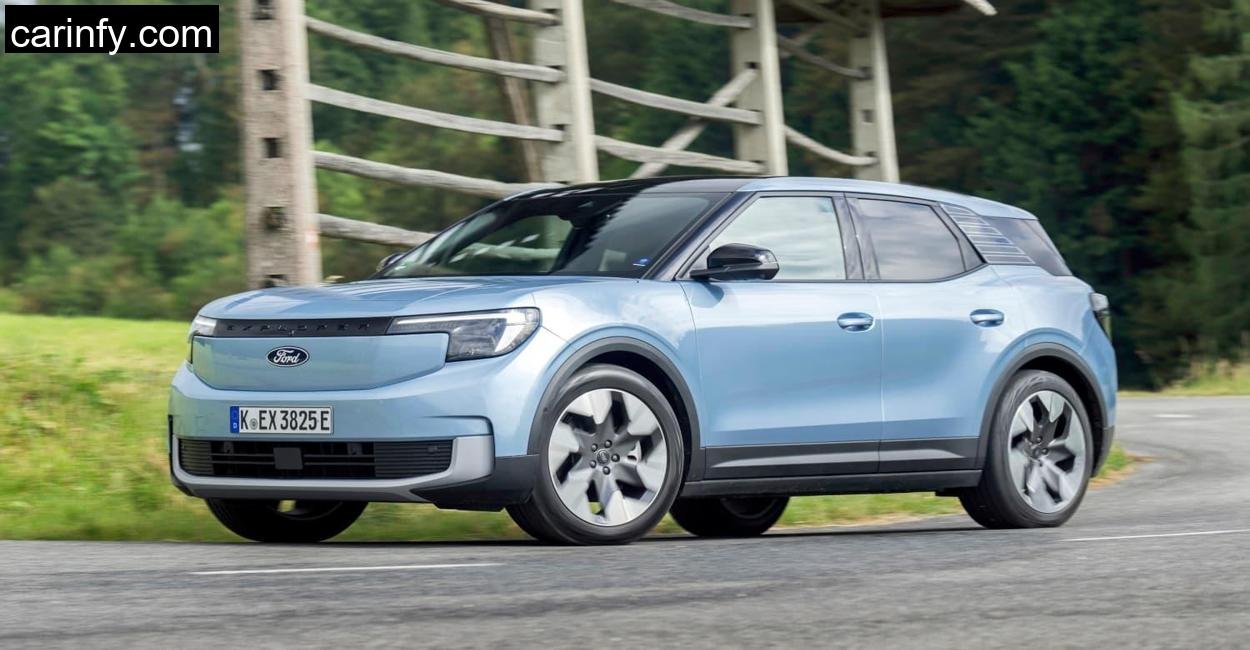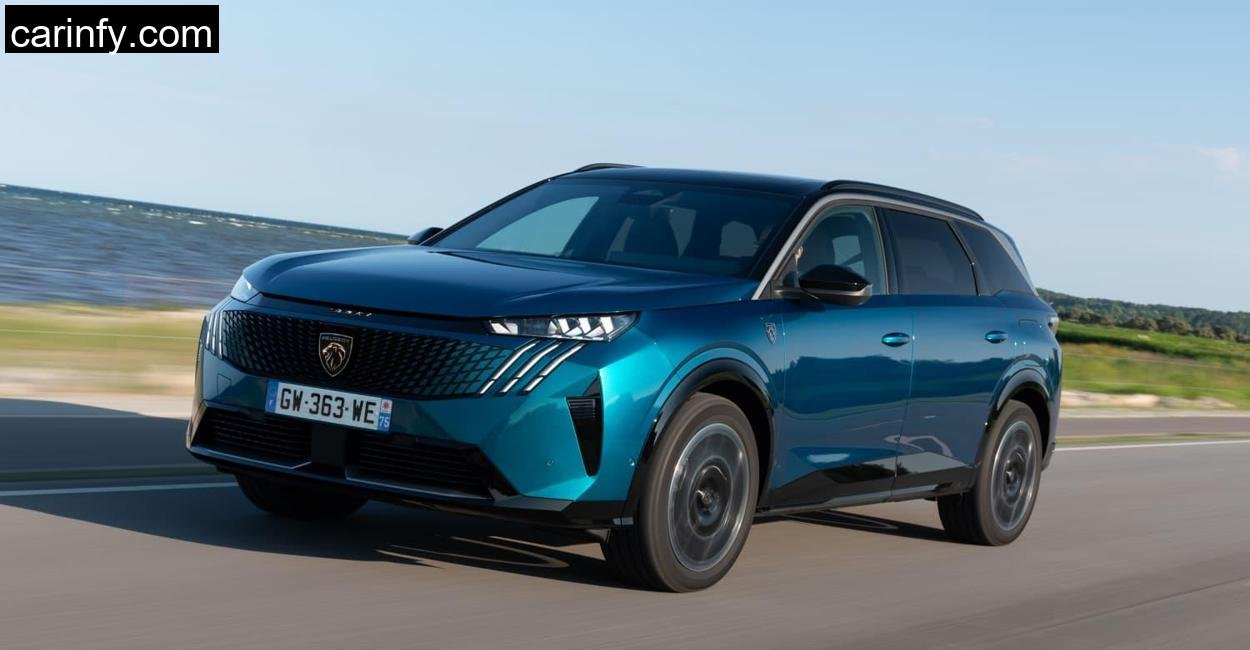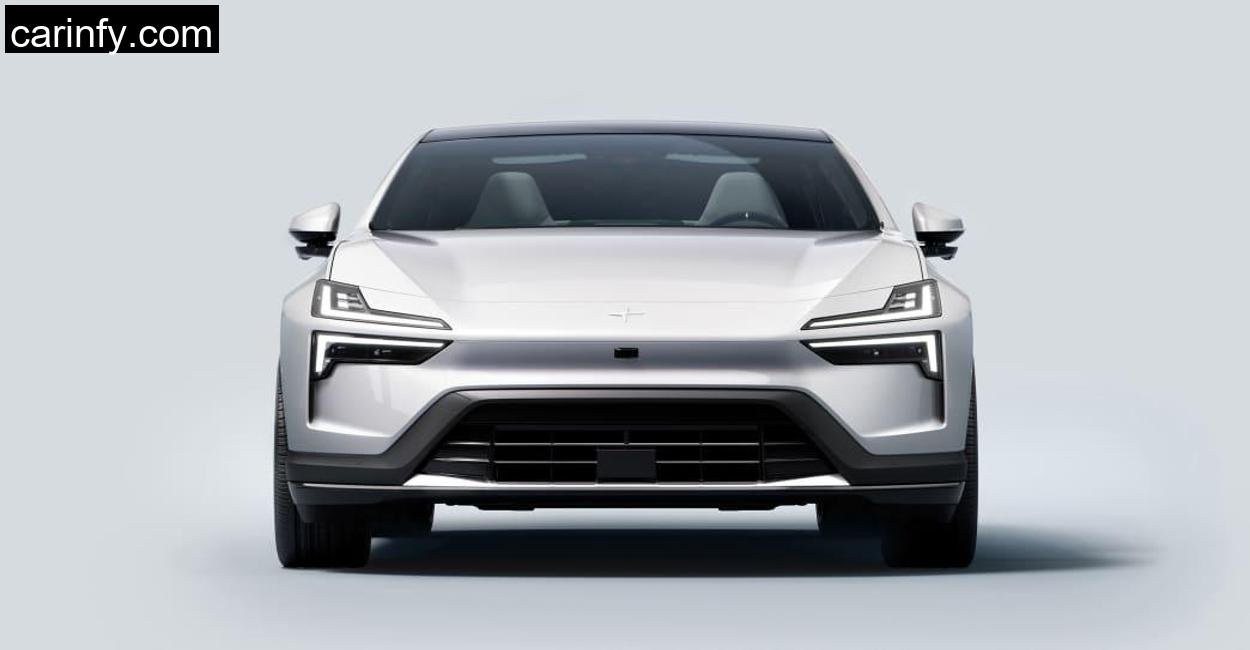The narrow alpine roads of Bourlémont, France, twisted beneath the tires like ribbons of resistance. With the Vosges Mountains casting long shadows across the valley and the occasional murmur of wind farms in the distance, I had what can only be described as the perfect proving ground for an electric endurance machine. My companion for this long-term test? The VW ID.3 Pro S, Wolfsburg’s electric foray into the world of sustainable long-distance travel. When the ID.3 was launched in 2020, it was marketed as the “electric Golf.” Bold words. And, four years and more than 160,000 km later, it was time to ask: Had Volkswagen delivered a truly long-range, long-life EV? Could the battery still hold up? Would it still be fun to drive? Bourlémont would help answer that.
A Bit of Background – The Car and the Challenge
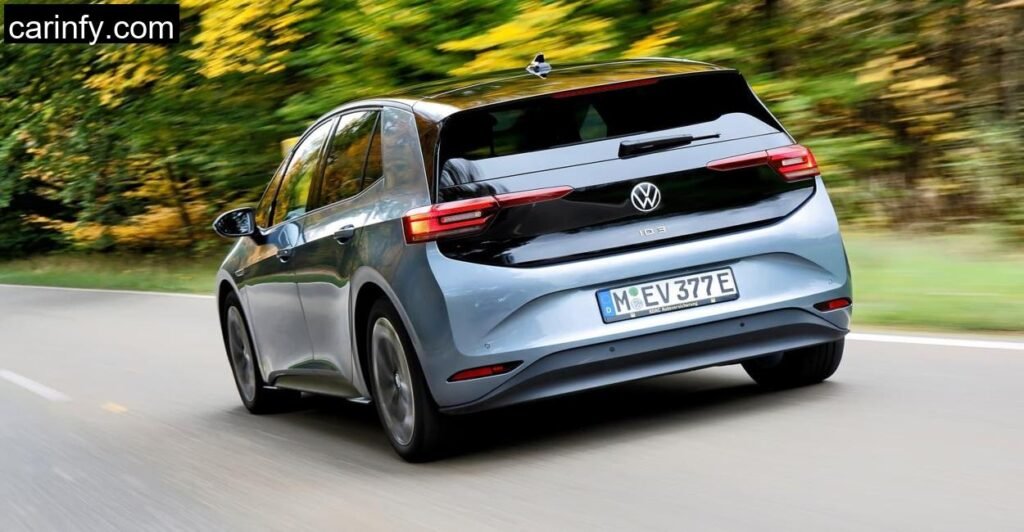
The car in question is a VW ID.3 Pro S, Tour trim, a four-seater version with the largest available battery pack, 77 kWh net capacity. With 204 hp (150 kW) driving the rear wheels, it promises a WLTP range of 525 km, a respectable 0–100 km/h sprint time of 7.9 seconds, and enough space and tech to keep things practical.
This wasn’t just a quick weekend test. Over four years, the ID.3 had clocked over 160,000 kilometers under the scrutiny of engineers, testers, and average drivers alike. Temperatures had ranged from -9°C in the Alpine foothills to balmy 30°C summer commutes. But in Bourlémont, the real-world flavor came alive: twisty mountain passes, sudden elevation climbs, remote DC fast chargers, and those charming little cobbled lanes in rural hamlets that test both your suspension and your patience.
Battery Life: 160,000 Kilometers Later – What’s Left in the Tank?
If there was one question I heard more than any other when talking about EVs, it’s this: “But what about the battery after a few years?”
Here’s the truth: After 160,000+ km, the ID.3’s battery health stood at an impressive 91%. No warranty claim needed. And this wasn’t under gentle use, frequent 100% charges, long idle times at full capacity, winter abuse, highway sprints, the kind of real-world usage that battery engineers usually fear.
In Bourlémont, I performed several range tests during my drive. On cool mornings (around 12°C), a fully charged battery consistently yielded 420–440 km in mixed conditions, not just impressive, but confidence-inspiring.
Fast charging? Initially capped at 125 kW, the ID.3 got a software update (v3.2) that pushed that closer to 160 kW, meaning 10% to 80% in just about 30 minutes under optimal conditions. Cold weather still slowed it down, no surprise there, but even at -2°C in the Vosges, I was never stranded or annoyed. I just planned ahead.
A Driver’s Diary: From Sölden Snow to Bourlémont’s Bends
One thing no spec sheet can prepare you for is how a car feels after four years. Some vehicles age gracefully. Others rot from the inside, creaky trim, worn suspension, fading responsiveness. The ID.3? Surprisingly fresh.
The chassis remained tight, absorbing France’s mixed road surfaces with a calm composure. The 1.9-ton body never felt cumbersome thanks to that low-mounted battery, keeping the center of gravity impressively grounded. Rear-wheel drive brought a hint of playfulness in tight corners, especially when you leaned into a turn at 60 km/h and the rear gently nudged the tail around.
The steering felt light yet accurate. The regen braking wasn’t as aggressive as I’d like, even on the highest setting, but I soon adapted. In slow traffic through the charming towns of Luxeuil-les-Bains and Lure, one-pedal driving was possible most of the time.
Seats? Still plush. Lumbar support intact. After four-hour stints with barely a stretch, I wasn’t begging to get out. That matters.
Real-World Consumption: Software Updates Matter
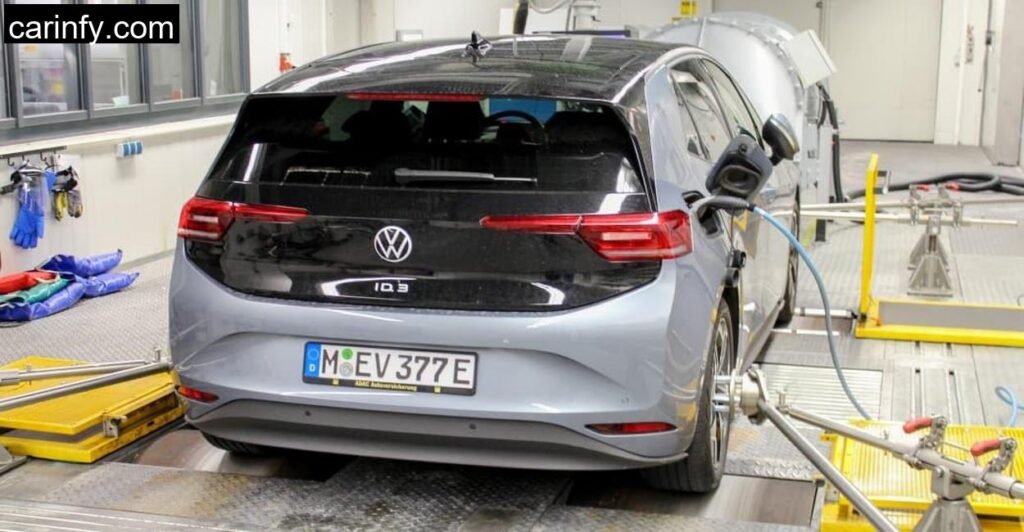
Official WLTP consumption is 16.7 kWh/100 km. In Bourlémont’s hilly terrain, with climate control running, I averaged 19.5 to 21.2 kWh/100 km. On the highway to Besançon, a steady 120 km/h returned 18.3 kWh/100 km, still very usable.
Interestingly, earlier logs from the ADAC endurance team showed average consumption hovering around 23 kWh in the early days, which improved after software updates optimized thermal management. At 0°C, post-update tests even showed better efficiency due to reduced battery pre-heating.
Notably, the ID.3’s onboard range estimator became eerily accurate after the latest updates. When it said 112 km remaining, I reached my charger with exactly 9 km left, no drama, no panic.
The Tech Inside: A Mixed Bag of Frustration and Function
Let’s be honest: VW missed the mark with early ID.3 software. Touch sliders that aren’t backlit? Laggy start-up times? UI elements that fight for screen real estate with Apple CarPlay overlays?
It’s better now, but not perfect. With version 3.2, the infotainment system became faster and more stable, and connectivity features through the VW Connect app now include scheduled charging, remote pre-conditioning, and location-based charge profiles.
Still, the lack of physical feedback on steering wheel touch buttons was annoying. On cold mornings in Bourlémont, wearing gloves rendered them almost unusable. Volume control felt like a guessing game. The climate sliders? Better left untouched while driving.
Maintenance and Repairs: Minimal But Not Free
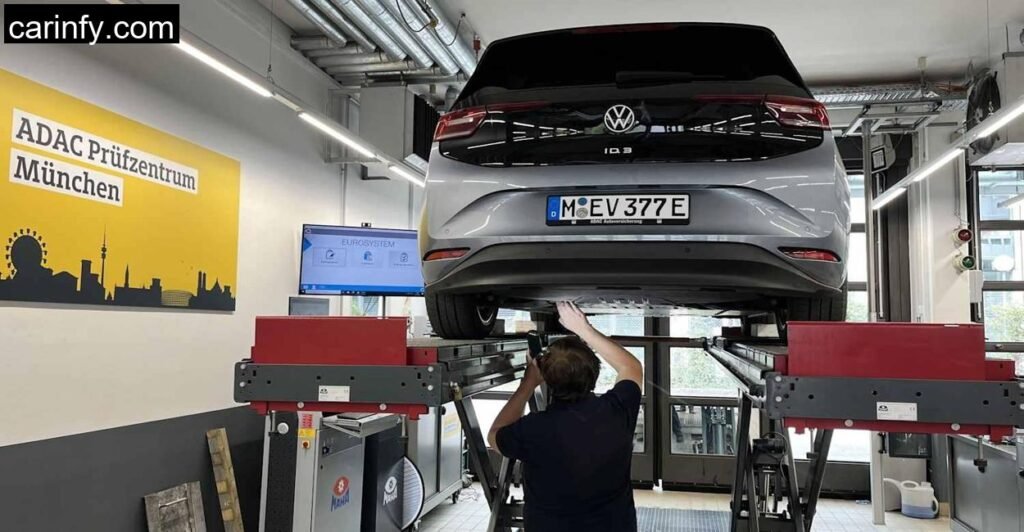
You’d expect a lower maintenance burden for an EV, and for the most part, the ID.3 delivered. Two services in 160,000 km, one at 74,000 km and another at 176,000 km, but each cost around €500. Air conditioning service: €198.
Not outrageous, but not cheap either, especially considering no oil or timing belt changes.
The big issues? A few:
- Cracked windshield from a stone chip, insurance covered it.
- Defective driveshaft click at 55,000 km, reappeared near 100,000 km, still unresolved.
- Failed GPS antenna, causing loss of nav and e-Call, €525 to fix.
- Faulty 12V battery at 158,000 km, €456.
- Rear parking sensor damage from a stone, €207.
- Tailgate actuator failure, required replacement (€227).
All things considered, for a car driven across seasons and geographies, this wasn’t alarming. But VW’s delayed software rollout strategy felt like a missed opportunity. Over-the-air updates were promised, but many updates still required physical dealership visits, a step backward for a car that’s otherwise very 21st century.
Everyday Utility: Comfort Over Versatility
For a city-to-mountain cruiser, the ID.3 is brilliantly comfortable. The cabin still felt fresh, and rear seat legroom was ample for two adults, no one complained, even on a 200 km jaunt from Dijon. The trunk? At 385 liters, it’s big enough for a couple’s luggage or groceries, but the lack of a frunk or flat underfloor storage was disappointing.
Where it lost points: zero roof load, no towing capability. Need to carry bikes or a roof box? Not happening, unless you get a version with the optional bike rack mount.
Table: VW ID.3 Pro S (Tour) – Technical Specifications
We get all technical info directly from volkswagen’s official websites to keep it accurate and reliable.
| Specification | Value |
| Engine Type | Electric |
| Power (kW / hp) | 150 kW / 204 hp |
| Torque | 310 Nm |
| Drive Type | Rear-Wheel Drive |
| Acceleration (0–100 km/h) | 7.9 seconds |
| Top Speed | 160 km/h |
| Battery Capacity (Gross / Net) | 82.0 kWh / 77.0 kWh |
| Range (WLTP) | 525 km |
| Charging Power (AC/DC) | 11 kW / 125 kW (up to 160 kW post-update) |
| Trunk Volume | 385 L (1,267 L with seats folded) |
| Weight (EU) | 1,934 kg |
| Payload | 346 kg |
| Dimensions (L x W x H) | 4,261 mm x 1,809 mm x 1,568 mm |
| Base Price (2021) | €41,995 |
| Warranty | 2 years (battery: 8 years / 160,000 km) |
Final Thoughts: An EV That Stands the Test of Time
Driving the ID.3 through France’s rural backbone didn’t just make for great photos and dramatic backdrops, it told a very real story. The ID.3, after 160,000 km of testing, driving, and charging, still felt like a proper, modern electric car.
The battery? Healthy. The range? Still strong. The ride? Still comfortable and composed.
Sure, the software and control ergonomics need work. Some fixes were late, others never came. But when it came to what really mattered, propulsion, practicality, peace of mind, the ID.3 stood tall.
How much has the VW ID.3’s battery degraded after 160,000 kilometers?
Only about 9% loss, from 100% SoH to 91%, which is well within expectations.
What’s the real-world range of the VW ID.3 after four years on the road?
Around 400–425 km in temperate conditions; 300–320 km in deep winter.
Can I fast charge VW ID.3 on road trips?
Yes. Post-software update, charging at up to 160 kW is possible, taking ~30 minutes from 10–80%.
